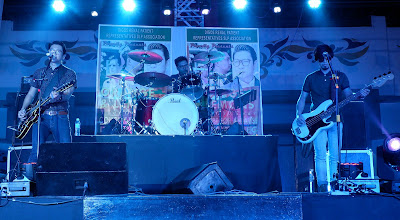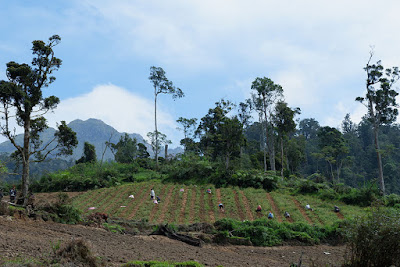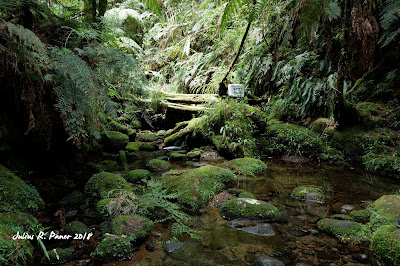Pop-alternative band
Orange and Lemons, who was phenomenal in the early 2000, is back with a bang. The
resurgent band retained its core members minus Mccoy Fundales. It is presently composed of a trio lead by chief songwriter and lead
singer Clem Castro along with bassist Ace Del Mudo and drummer JM Del Mundo.
Within the 10-year hiatus period, ONL members took their paths separately.
Former vocalist Macoy collaborated with Ace and JM to form a new group Kenyo,
while Clem created the band The Camerawalls, after which he went solo in his
exploratory project Dragonfly Collector.
Personally, Orange and
Lemons is one of the bands I admired so much because the way they created their
masterpieces is exceptional. The outstanding manner of traversing several
genres is something other aspiring musicians should look into. What I like more
about this band is that aside from generating impressive lyrics of each of the
songs they produce, the performance always connotes fulfilment, making emotion
a vital component to their music.
I first knew Clem in
2015 during his Philippine Tour for Dragonfly Collector where he had a cultural
tour in the highlands of barangay Tibolo, Sta. Cruz. From then on I learned
that most of the songs in all the groups he had been into are product of his
varied imagination. Clem parades
commendable level of fineness in creating music, and he is also a tremendous
performer.
On August 18, 2018 I met Clem once again, this time along with his bandmates Ace and JM as they performed a concert for a cause in Digos City. As usual there was the wit and charisma of their performance, but this time Clem implanted a new element in their identity. The very first song was “Hanggang Kailan”, which made us all in awe because of the nostalgia the song had brought. And then Clem sang “A Beginning of Something Wonderful”, to me just a common love song but the tune reminded me of Eraserheads’ “Poor Man’s Grave”. The 18 songs in their line up were a mix of compositions from their previous albums “Love in the Land of Rubber Shoes and Dirty Ice Cream” and “Strikst while the Iron is Hot”.
Just before the
concert started I was able to talk to Clem in the backstage and asked him
several questions about this effort to revive the group. He said it just came
the normal way, nothing more intricate. “We (Gian and JM) just decided to play
music together and luckily it worked.” The way Clem describe this renaissance I
recognized they are all upbeat with what is at stake in the coming days.
Perhaps the move is not just about picking up the pieces again but to
re-introduce an unprecedented perspective of Pinoy music, something that is not
being distinguished by today’s generation.
“Penetrating the millennial market,” Clem said when I asked him of their biggest challenge in forming the band. Which to me a real scenario. The band’s first project now is to record the old album “Love in the Land of Rubber Shoes and Dirty Ice Cream”. My personal thought of this move is to somehow steal a quick attention from the millennials, something that is really sort of a trial-and-error thing because today’s music audience does not seem to care about the scale or value of their choice of music and everything that they listened to. Which is why the present status of music industry is sagging.
If there is one person
extremely happy of this resurgence of Orange and Lemons it is definitely me. As
I have been saying in my previous articles about music my personal choice of
songs now is in backward direction because I refuse to snoop into the new bunch
of tunes that are at times even more irritating rather than pleasant to my
hearing buds. Thank you very much ONL, especially Clem Castro for always
creating good music.
P.S. Shout out to my
good friend Harry Chester Camoro for informing me of the concert and for always
considering me whenever concerts like this are in the offing. It surely
deserves a portion of our busy time just so we can watch our favourite
performer and listen to them once in a while.











































